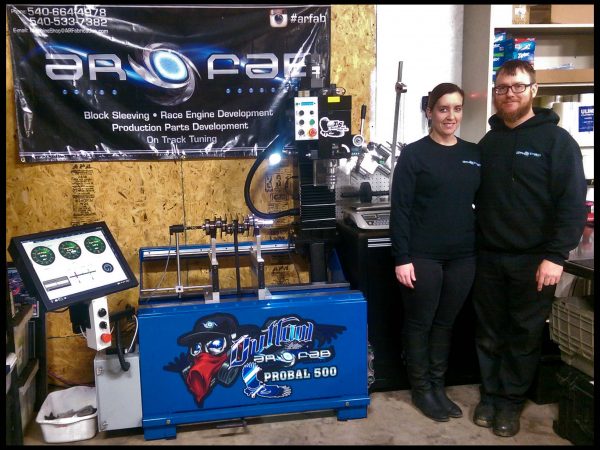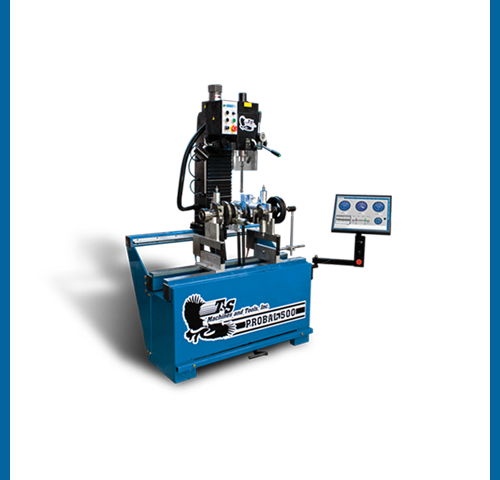
The Search for Efficiency Pt. 2
April 26, 2016Valve Grinding Machine Comparison
December 28, 2016In the early 80’s automotive crankshaft balancing was considered to be a dark art. And even to those of us who balanced it was not much more scientific. Through hours of intensive practice an operator learned to predict, fairly accurately, the results of a modification. Slowly but surely the oscillation of the temperamental needle on the amplitude meter would stop, allowing for modification. A balancing guru, after much drilling and massaging, would take great pride when he observed the needle on the analog gauge barely fluctuate as he spun the crankshaft through the harmonic rpm range.
Dynamic balancing was just that: a bouncing crankshaft and a dancing needle with a stroboscopic light. The operator was forced to pay attention to all of these aspects at once, making balancing an educated guessing game.
The earliest machines were what we call soft bearing (I prefer the term soft chassis). These designs were set up in a way that out of balance parts would cause a considerable amount of chassis movement as they cycled through the harmonic speed. Because of this movement the balancing electronics were very speed sensitive and the movement was dampened, so the operator was forced to make an initial rough correction, then loosen up the chassis for a more sensitive final balance.
The first improvement was to use sensors that required less movement. Since the movement could not be observed, the term hard bearing (or hard chassis) came into use to differentiate between the two designs. These hard chassis machines could be calibrated, but because of the slow electronic components they were still very speed sensitive.
Contemporary machines have a clear advantage over the earlier machines with the advanced speed of the electronic components. The use of dedicated computers allow for ultra-fast, highly sensitive calculations, and the operator is able to see not only the angle of imbalance but also the effect that correcting at a specific point will have on the part. Changing between planes or adjusting offset distances is no longer a guessing game, but a very precise formula. This not only speeds up the process, it also improves the final balance results.
In the end we have a highly improved and efficient system; the ‘dark art’ of balancing has evolved into a science. The guru is no longer necessary. The interface is simplified so that anyone can quickly learn to use the machine. Now automotive crankshaft balancing is just another quick step toward building a more perfect engine.
The result is a process that is financially profitable and more precise at the same time.



2 Comments
Hi How much for an upgrade kit on old SW machine?
Hi Rick,
I sent you an email a few minutes ago with a few clarifying questions. Please feel free to give us a call so we can go over the size and application of your machine at 940-668-1002.
Chris Whitley
Account Manager